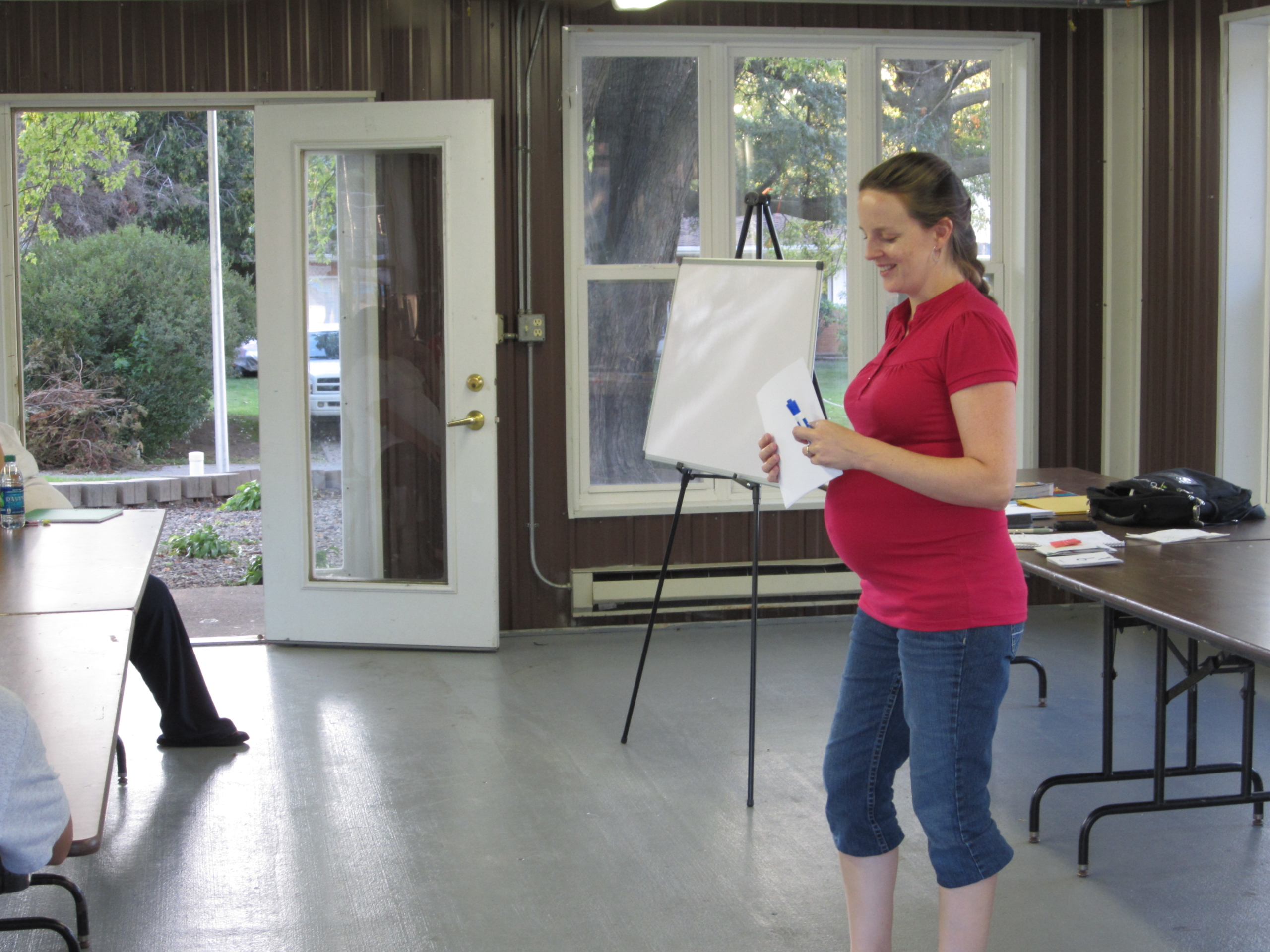
Demonstrated ability to articulate a coherent understanding of the process of language acquisition and the effect on language acquisition of both individual and contextual variables.
Description
The Position Statement and Language Learner Profile were created for TESL 505: Second Language Acquisition, taken in the Fall 2017 term with Dr. Rich Robison. The Position Statement presents my understanding of differing perspectives on the nature of language and language learning and how these perspectives have contributed to my own personal views on the second language acquisition process. The Language Learner Profile shows the individual and contextual variables that affect the second language acquisition process of a specific learner, Vivian, who is the subject of the profile.
Reflection
My assumptions about second language acquisition were challenged during this course, and my perspective changed in a few specific ways. The concept of developmental features (Pienemann, 1988) provided a possible explanation for the barriers I have come up against when teaching certain grammatical forms (particularly the formation of questions and negatives). I realized that instead of searching for the perfect technique to teach a form, it may be more effective to delay teaching it until learners are developmentally ready to acquire the structure. I was also intrigued by Swain’s (1985) output hypothesis, which is consistent with my own observations that students generally learn more when gently pushed to produce language rather than simply receiving input. Overall, I was surprised to draw so many insights from the cognitive perspective, which I believe can work hand-in-hand with communicative approaches by guiding how and when we choose to teach certain language features.
Application
In the future, it will be important for me to consider the contextual variables that affect my learners and how I can help them maximize their learning within their own specific context. In practice, this will mean going beyond traditional classroom instruction to helping my students create strategies for using English intentionally within their day-to-day context, even in situations where their daily English language interactions are limited. I also plan to utilize Dörnyei’s (2009) concept of a motivational self system to help my students envision themselves as competent English speakers by presenting relatable role models who have successfully learned English and by helping them set specific long- and short-term goals to achieve the same result. Additionally, I plan to further study the concept of developmental features to gain a clear understanding of when certain language structures can be taught with the best result.
Dörnyei, Z. (2009). The L2 motivational self system. In Z. Dörnyei & E. Ushioda (Eds.), Motivation, language identity and the L2 self (pp. 9-42). Bristol: Multilingual Matters.
Pienemann, M. (1988). Determining the influence of instruction on L2 speech processing. AILA Review 5(1), 40-72.
Swain, M. (1985). Communicative competence: Some roles of comprehensible input and comprehensible output in its development. In S. Gass and C. Madden (Eds.), Input in second language acquisition (pp. 235-53). Rowley, MA: Newbury House.
